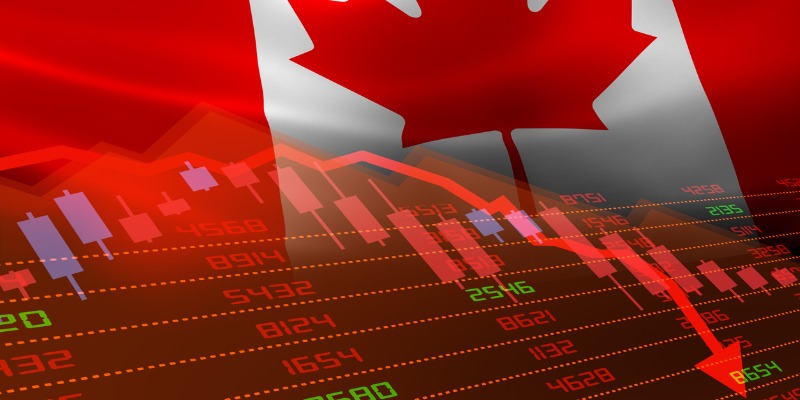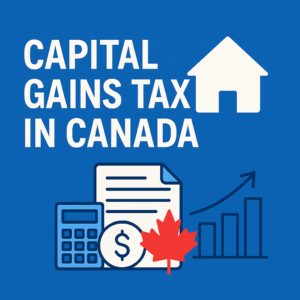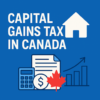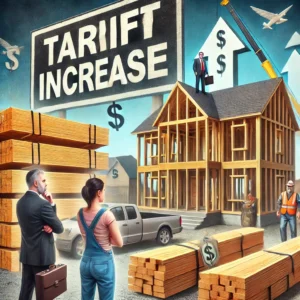Slowing Inflation Rates
The annual inflation rate slowed to 2.7% in April, according to Statistics Canada. Cooling grocery price pressures offset higher fuel costs. Grocery store inflation dropped to 1.4% annually, down from 1.9% in March. Slowdowns in annual price growth for meat, non-alcoholic beverages, and bakery products contributed to the decline, while fruits, nuts, and seafood saw price drops.
However, taking a longer view, grocery prices have jumped 21.4% since April 2021. Categories like household furnishings and clothing saw outright price declines year-over-year, but gas prices increased at a faster annual pace, with consumers paying 7.9% more month-to-month in April due to higher global oil prices and a federal carbon levy hike.
Shelter Inflation and Rent Pressures
Rising costs for rent and homeowners renewing their mortgages continue to put upward pressure on shelter inflation. Renters in Alberta faced a particularly tough April, with rent prices up 16.2% year-over-year, nearly double the 8.2% national increase.
While prices rose month-to-month in April, the overall inflation rate slowed from 2.9% in March due to a smaller year-over-year increase. Randall Bartlett, Senior Director of Canadian Economics at Desjardins, noted that inflation is “trending in the right direction,” with broad-based deceleration outside of shelter and gas prices.
Bank of Canada’s Next Move
April’s inflation report, the lowest in three years, is the fourth consecutive “tame” reading. Finance Minister Chrystia Freeland called it “really good news for all Canadians,” highlighting that annual wage growth has outpaced inflation for more than a year.
All of the Bank of Canada’s preferred metrics of core inflation cooled below 3% in April. The Bank of Canada wants to see sustained easing in underlying inflation before cutting its benchmark interest rate. CIBC Senior Economist Andrew Grantham and BMO Chief Economist Doug Porter both believe the data supports a June rate cut, though Porter notes it remains a “close call.”
TD Bank’s Senior Economist Leslie Preston suggests the central bank might prefer to wait until July for a rate cut. Money markets have increased bets for a June rate cut to almost 55% from 39%.
Economic Indicators and Future Rate Decisions
Bartlett expects the Bank of Canada to be “satisfied” with the April inflation report but notes the strong April jobs report might cast doubt on sufficient labor market easing. He believes the most likely date for a rate cut is the June meeting.
Future rate decisions will likely be cautious, with the Bank of Canada paying close attention to short-term data showing disinflationary trends. Decisions could fluctuate between a rate hold or a small decrease of 25 basis points. The pace of U.S. Federal Reserve rate cuts will also influence the Bank of Canada to avoid diverging too far from its American counterpart, which could affect the value of the loonie and import inflation.
“We think it’s going to be a cautious approach to gradually cutting interest rates just to make sure inflation gets back down to target,” Bartlett said.
For more updates and insights on economic trends and housing markets, visit Roofup.ca.
















